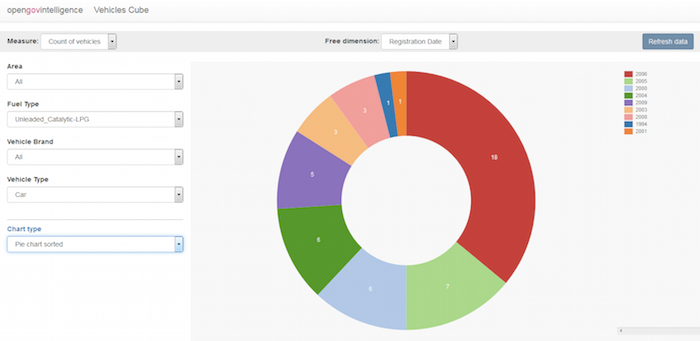Hanna Kozlowska and Heather TimmonsNextGov: “Founded in 2001, Wikipedia is on the verge of adulthood. It’s the world’s fifth-most popular website, with 46 million articles in 300 languages, while having less than 300 full-time employees. What makes it successful is the 200,000 volunteers who create it, said Katherine Maher, the executive director of the Wikimedia Foundation, the parent-organization for Wikipedia and its sister sites.
Unlike other tech companies, Wikipedia has avoided accusations of major meddling from malicious actors to subvert elections around the world. Part of this is because of the site’s model, where the creation process is largely transparent, but it’s also thanks to its community of diligent editors who monitor the content…
Somewhat unwittingly, Wikipedia has become the internet’s fact-checker. Recently, both YouTube and Facebook started using the platform to show more context about videos or posts in order to curb the spread of disinformation—even though Wikipedia is crowd-sourced, and can be manipulated as well….
While no evidence of organized, widespread election-related manipulation on the platform has emerged so far, Wikipedia is not free of malicious actors, or people trying to grab control of the narrative. In Croatia, for instance, the local-language Wikipedia was completely taken over by right-wing ideologues several years ago.
The platform has also been battling the problem of “black-hat editing”— done surreptitiously by people who are trying to push a certain view—on the platform for years….
About 200,000 editors contribute to Wikimedia projects every month, and together with AI-powered bots they made a total of 39 million edits in February of 2018. In the chart below, group-bots are bots approved by the community, which do routine maintenance on the site, looking for examples of vandalism, for example. Name-bots are users who have “bot” in their name.
Like every other tech platform, Wikimedia is looking into how AI could help improve the site. “We are very interested in how AI can help us do things like evaluate the quality of articles, how deep and effective the citations are for a particular article, the relative neutrality of an article, the relative quality of an article,” said Maher. The organization would also like to use it to catch gaps in its content….(More)”.

